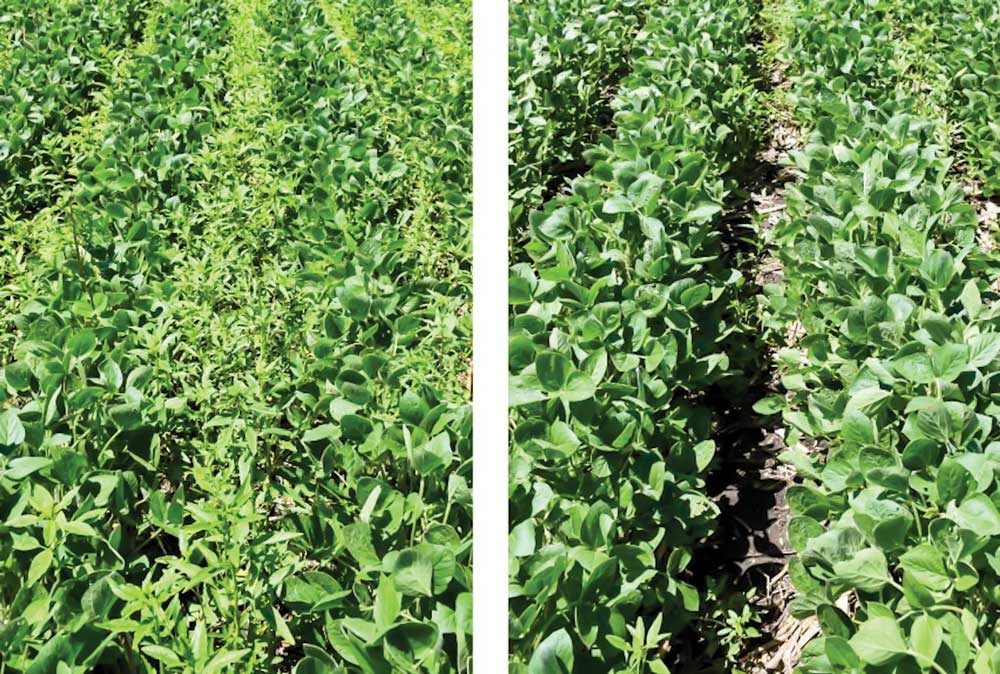No-Till Farmer
Get full access NOW to the most comprehensive, powerful and easy-to-use online resource for no-tillage practices. Just one good idea will pay for your subscription hundreds of times over.

CONTROLLING WATERHEMP is an increasing challenge for soybean growers due to the evolution of multiple herbicide-resistant populations. With dwindling herbicide resources, there’s a need to integrate non-chemical strategies — such as cover crops and alternative row spacings — into current weed management programs.
Cereal rye is the most common cover crop grown in the Midwest due to its winter hardiness and short life cycle. The high carbon-to-nitrogen (C:N) ratio of cereal rye compared to legume or brassica covers results in a slow degradation of the residue, which increases the duration of weed suppression. This, along with a greater biomass accumulation, makes cereal rye an ideal cover crop candidate.
Another non-chemical, cultural strategy to suppress weeds and complement herbicide efficacy is to plant soybeans in narrow rows instead of wide rows.
These strategies can be integrated with an herbicide program to manage herbicide-resistant waterhemp in soybean.
“Delayed termination of the cereal rye, is the key to obtaining maximum weed suppression…” – Prashant Jha
In 2019-2020, Iowa State University conducted a field study at the ISU Research and Demonstration Farm near Ames, Iowa, to quantify the impact of a cereal rye cover crop and soybean row spacing (15 inch vs. 30 inch) on the glyphosate-resistant waterhemp seed bank.
The previous crop was corn, with three levels of…